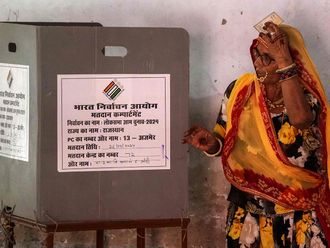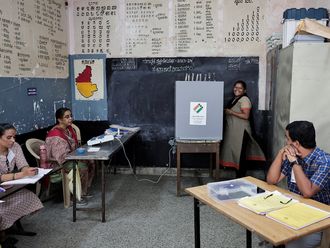Mumbai: A solar mini grid project has brought a breath of secure feeling to villagers of Ghatpendhari, located in the buffer zone of Pench Tiger Reserve, Maharashtra, who are relieved that there would be no more nightmarish experiences during power cuts at nights.
Frequent power cuts meant they had to travel 40-50 kilometres to recharge their mobile phones, apart from spending dark nights in their remote villages in the forests and surrounded by wildlife, particularly tigers.
Inaugurated on Tuesday by Chief Wildlife Warden of Maharashtra, Shree Bhagwan, the project was made possible with the financial assistance of Mumbai-based Conservation Action Trust (CAT) and technical help from Bangalore-based SELCO Solar Light Private Limited.
However, the initiative was first taken by Satpuda Foundation, a leading NGO working for the last 15 years in the Satpuda landscape of central India for conservation and to promote solar power in the remotest forested villages.
Today Ghatpendhari, situated just 110km from Nagpur, is the first village in the buffer zone of any tiger reserve in the country to get a renewable energy project, this one known as Kiran Prabha Solar Mini Grid, generating 2.4KV energy. Currently, the village, inhabited by tribals who are classified as Below the Poverty Line, gets power from Madhya Pradesh. During power cuts, the villagers light up kerosene lamps, which not only pollute the air but are also risky and expensive.
Looking at their hardship and remoteness, Ghatpendhari was chosen by the Foundation for implementing the project. A survey was done by energy engineers and volunteers Sheldon Mendonca and Brendon Mendonca in 2014 after which the project was initiated.
“Of the 200 households in the village, in the first phase, 76 are being connected to the solar mini grid. These houses have been provided with 3 and 2 watt LED bulbs each and a mobile charging socket,” said Mandar Pingle, conservation officer.
“The solar service, made operational from June 14, is available from 6.30pm to 12 midnight in these 76 houses through 70 poles,” added Kishor Rithe, President of Satpuda Foundation. He is also a member of the Maharashtra State Board for Wildlife. “The system has been tested during the last three months and villagers are happy and thrilled,” he said.
The solar firm has trained two youths to take care of technical problems and any failure can be monitored through internet also, since every house has been given a unique ID, said Debi Goenka of CAT.
The grid has been created in a 4X4 metre plot with eight batteries, one inverter and timer each. It is sustainable and a clean substitute to kerosene lamps but does not intend to compete with electricity. Drawing of illegal power by hooks has come down after the grid became operational, says Rithe. “Currently villagers are paying between Rs300 and Rs500 towards power bills and this will come down with reduced power consumption.”












